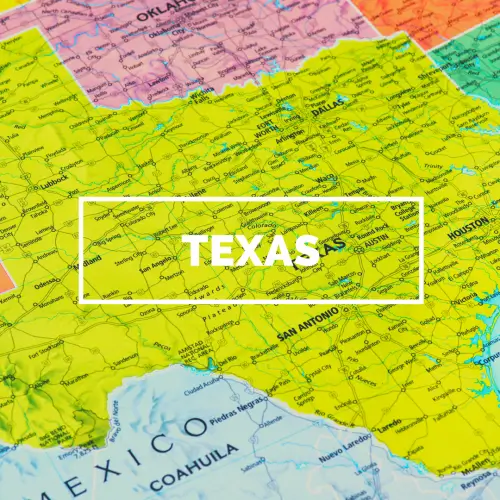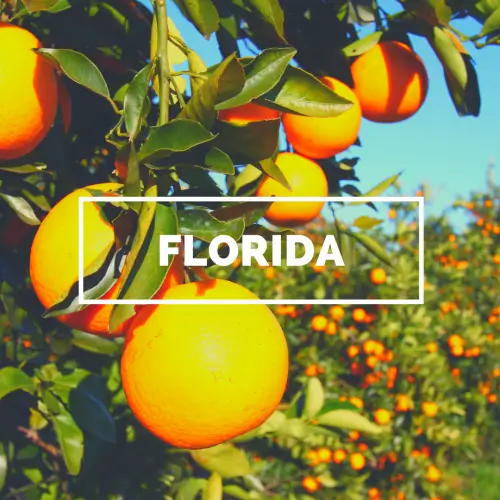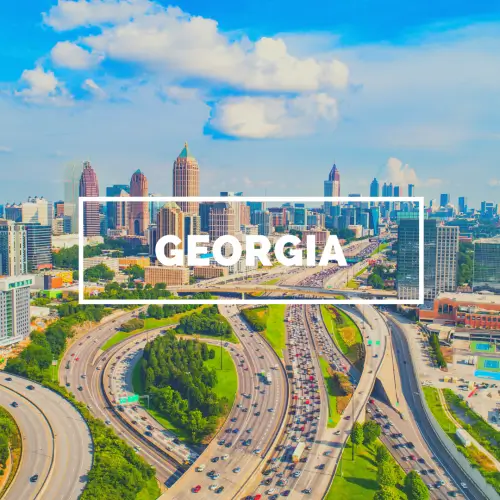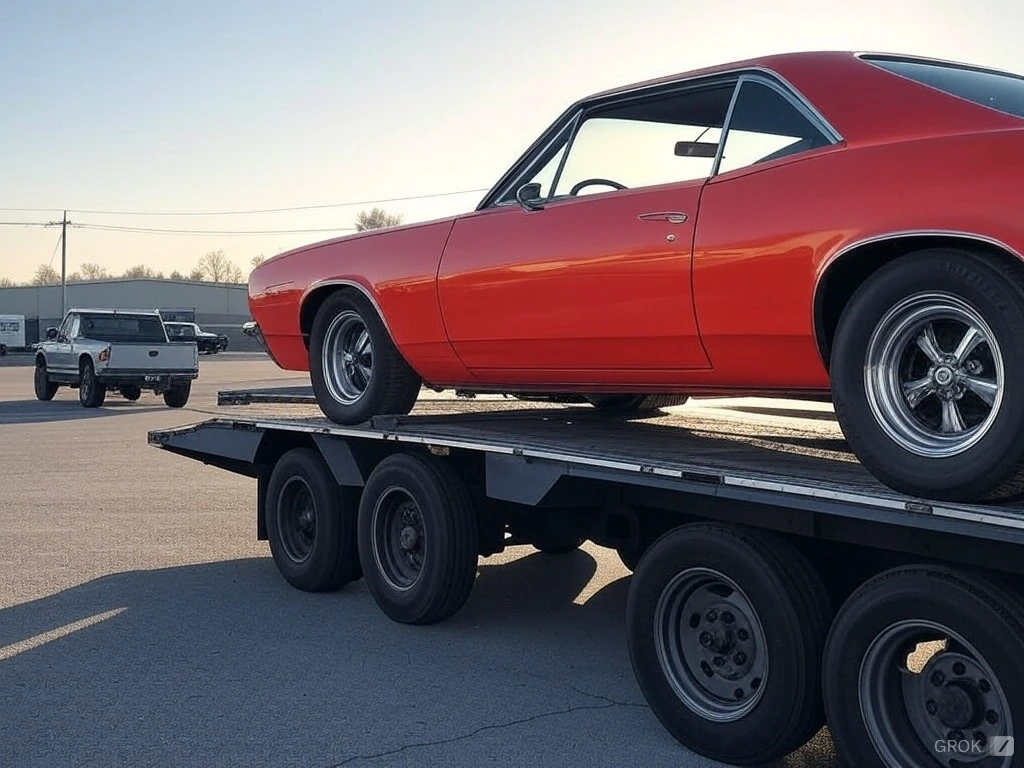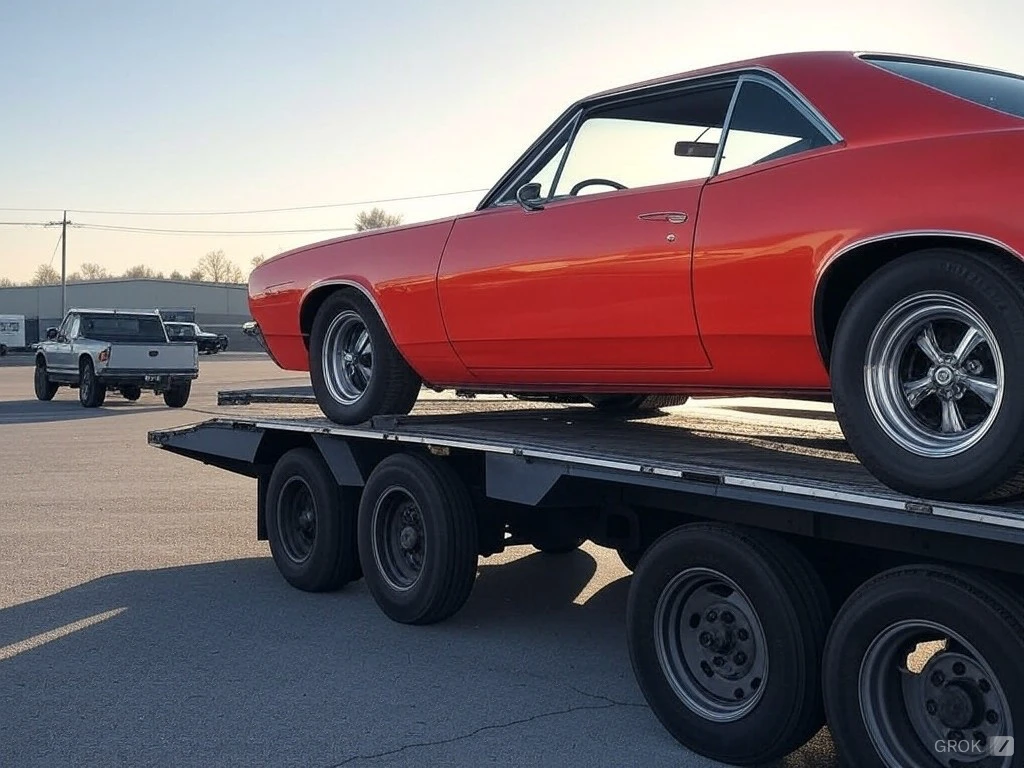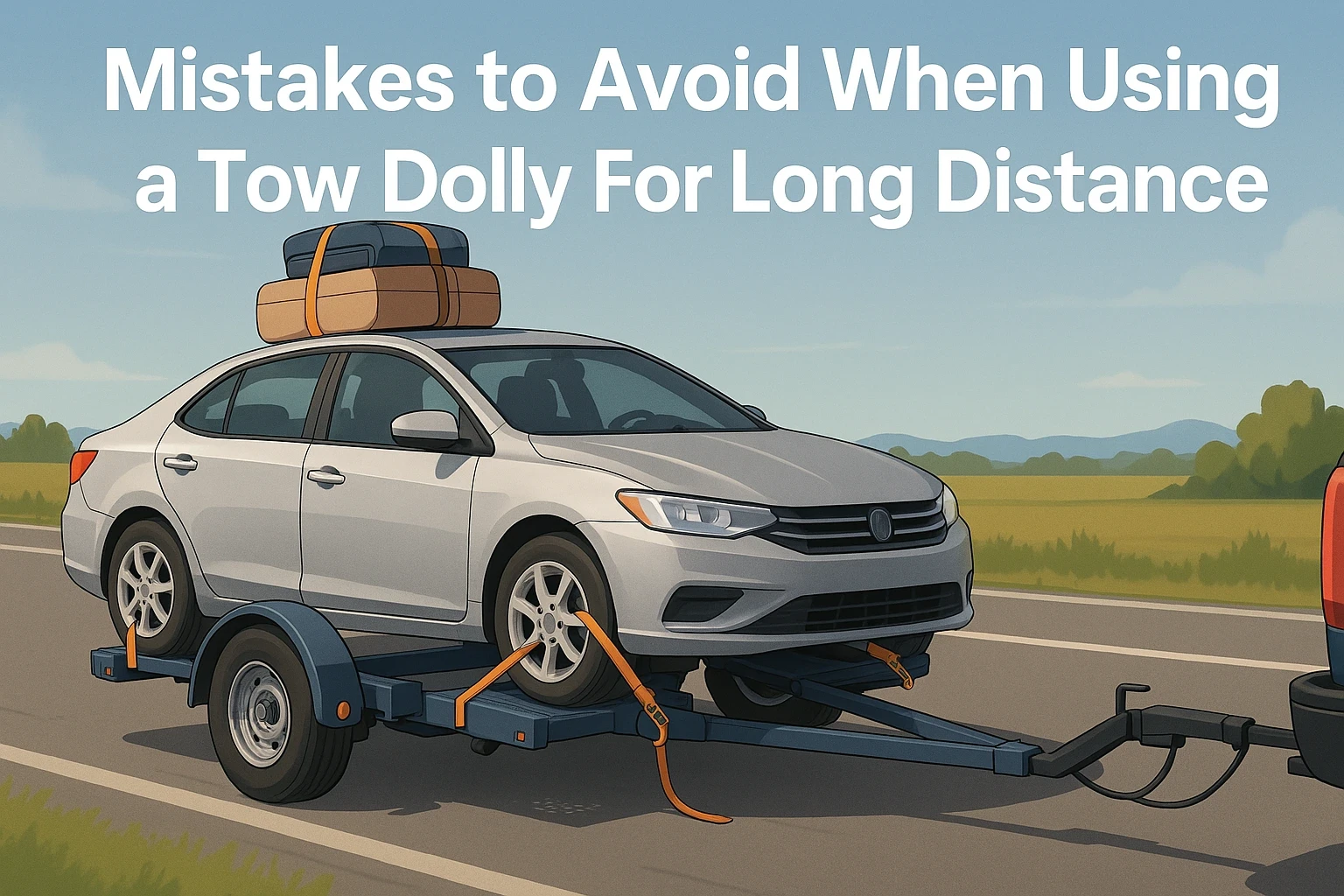Driving in Puerto Rico: Safety Tips and Local Insights

Lila Claybourne
Sep 16, 2024
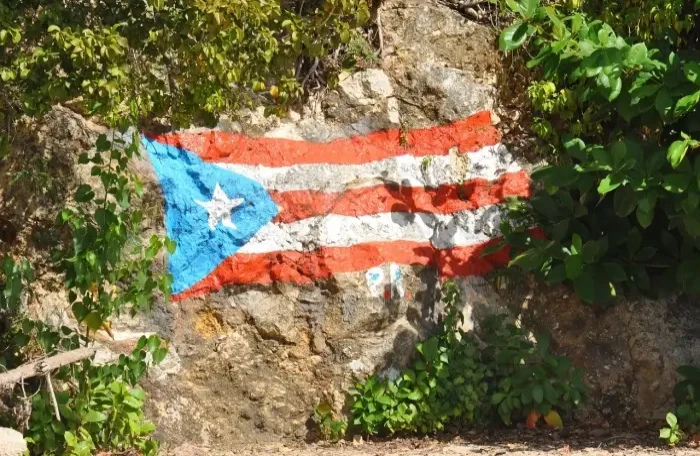
Introduction
Puerto Rico is known for its breathtaking landscapes, vibrant culture, and historical landmarks. Driving in Puerto Rico offers a unique opportunity to explore these attractions at your own pace. However, it's essential to understand the local driving conditions and customs to ensure a safe and enjoyable experience. Did you know that Puerto Rico has a higher rate of traffic fatalities compared to the mainland United States? This underscores the importance of being well-prepared and informed before hitting the road.
Understanding Local Traffic Laws and Regulations
Speed Limits and Traffic Signs
Speed limits in Puerto Rico are posted in miles per hour (mph), similar to the mainland U.S. However, it's crucial to adhere strictly to these limits, as speeding is a common issue on the island. For instance, the speed limit on highways is generally 55 mph, while urban areas range from 25 to 35 mph. Rural roads often have lower speed limits due to their narrow and winding nature.
Traffic signs are mostly in Spanish, but they follow international symbols, making them relatively easy to understand. Here are some common traffic signs and their meanings:
"Alto": Stop
"Ceda el paso": Yield
"No estacionar": No parking
Local law enforcement, including the Policía de Puerto Rico, regularly patrol the roads and enforce traffic laws. Fines for traffic violations can be steep, so it's best to drive cautiously and comply with all regulations.
Seat Belt and Child Safety Laws
In Puerto Rico, seat belt use is mandatory for all passengers. Failure to wear a seat belt can result in a fine of $100 per passenger. Children under the age of 12 must sit in the back seat, and those under four years old must be secured in a child safety seat. These regulations are strictly enforced to ensure the safety of younger passengers.
Drinking and Driving
Puerto Rico has stringent laws against drinking and driving. The legal blood alcohol concentration (BAC) limit is 0.08%, the same as in the mainland U.S. Penalties for DUI offenses can include hefty fines, license suspension, and imprisonment. According to the Puerto Rico Department of Transportation and Public Works (DTOP), DUI checkpoints are common, particularly during weekends and holidays.
Navigating Common Road Conditions and Hazards
Road Quality
While major highways and roads in urban areas are generally well-maintained, some rural and mountainous roads can be narrow, winding, and poorly paved. Be prepared for sudden changes in road conditions, especially after heavy rains, which can cause flooding and landslides.
Tips for Navigating Poor Road Conditions:
Drive slowly: Reduce your speed on narrow or winding roads to maintain control.
Stay alert: Watch for potholes, debris, and sudden changes in road surfaces.
Use low beams: In foggy or rainy conditions, use your low beams to improve visibility.
Traffic Congestion
Traffic congestion is common in major cities like San Juan, particularly during rush hours (7-9 AM and 4-6 PM). The island's infrastructure can struggle to cope with the volume of traffic, leading to frequent jams.
Tips for Navigating Traffic Congestion:
Plan ahead: Avoid peak travel times if possible.
Use navigation apps: Apps like Waze or Google Maps can help you find less congested routes.
Stay patient: Be prepared for delays and maintain a calm demeanor.
Wildlife and Pedestrians
Keep an eye out for pedestrians, cyclists, and stray animals, especially in rural areas. Puerto Rico has many pedestrian crossings, and it's essential to yield to pedestrians at crosswalks. Being vigilant and reducing speed in populated areas can prevent accidents.
Tips for Navigating Wildlife and Pedestrian Hazards:
Slow down in rural areas: Reducing your speed gives you more time to react.
Yield to pedestrians: Always give way to pedestrians at crosswalks and be cautious at intersections.
Tips for Safe Driving in Puerto Rico
Use GPS and Maps
A reliable GPS or navigation app is invaluable for navigating unfamiliar roads. Make sure to download maps offline in case of weak signal areas. It’s also helpful to carry a physical map as a backup.
Offline maps: Download offline maps from Google Maps before your trip. This ensures you have navigation assistance even in areas with poor cell service.
Be Cautious at Intersections
Intersections can be confusing, with some lacking clear signage. Approach with caution, and always look both ways, even if you have the right of way. Traffic lights may not be as visible or functional as those in the mainland U.S., so exercise extra vigilance.
Four-way stops: In the absence of traffic lights, treat intersections as four-way stops and proceed with caution.
Avoid Night Driving
If possible, avoid driving at night, particularly in rural areas. Street lighting can be inadequate, and road hazards are harder to spot in the dark. Nighttime driving increases the risk of encountering impaired drivers or wildlife.
Plan your travel: Complete your driving before sunset to avoid the challenges of night driving.
Insights on Local Driving Customs and Etiquette
Honking and Flashes
Honking is common and is often used to alert other drivers rather than out of frustration. Flashing headlights can signal that a driver is letting you pass or warning of an upcoming hazard. Understanding these local signals can help you navigate more effectively.
Courtesy honking: A quick honk may be used to thank another driver or to alert them at an intersection.
Parking
Parking can be challenging in urban areas. Look for designated parking spots, and be aware of parking regulations to avoid fines or towing. Many areas have parking meters or pay-by-phone systems. In residential areas, parking may be limited or restricted to residents.
Public parking lots: Utilize public parking lots or garages in busy areas to avoid parking fines.
Tolls
There are several toll roads in Puerto Rico, primarily around the San Juan area. Be prepared with cash or an AutoExpreso toll pass, which can be purchased at service stations. Tolls are usually collected electronically, and having a pass can save time and hassle.
AutoExpreso pass: Purchase an AutoExpreso toll pass for seamless travel on toll roads.
Recommendations for Car Rentals and Insurance
Renting a Car
Renting a car is a convenient way to explore Puerto Rico. Major car rental companies operate on the island, primarily at the Luis Muñoz Marín International Airport and in major cities. Book in advance for the best rates and availability. When choosing a rental car, consider the type of roads you will be driving on and select a vehicle that suits those conditions.
Advance booking: Reserve your rental car online before your trip to secure better rates and availability.
Insurance
Ensure you have adequate insurance coverage. Most rental companies offer basic insurance, but it’s advisable to check if your personal auto insurance or credit card provides additional coverage. Understanding the terms of your insurance policy can save you from unexpected expenses in case of an accident or damage.
Insurance check: Verify with your insurance provider if your policy covers rental cars in Puerto Rico.
Conclusion and Key Takeaways
Driving in Puerto Rico offers the freedom to explore the island's diverse attractions at your own pace. By understanding local traffic laws, being aware of common road conditions, and following safety tips, you can enjoy a safe and pleasant driving experience. Remember to respect local driving customs, plan your routes in advance, and ensure you have proper insurance coverage.
By staying informed and prepared, you can make the most of your driving adventure in Puerto Rico. Enjoy the journey and the beautiful scenery that the island has to offer!
Related Posts



